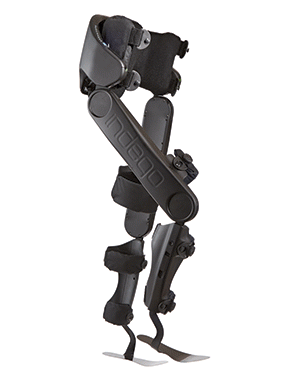What’s up?
Implementing health reform
Remember the big concern that employers would drop employee health insurance in response to ACA, and employees would lose coverage? Looks like that has not happened. The latest data indicates that the number of employees enrolled in employer health insurance actually increased over the last two years albeit incrementally.
The 1.1 percent increase may look small, but when compared to the 11 percent drop in employer coverage seen from 2000 – 2012, it represents a considerable change in direction.
Of course, this may not continue; that said, so far the “problem” predicted by notables including Douglas Holtz-Eakin has yet to appear. (note – Holtz-Eakin’s original article is no longer available on the web)
There’s been much talk about early indications of health insurance premium changes for 2016. Friend and colleague Bob Laszewski is of the opinion that the increases are “eye-popping”; Bob also notes that the rate changes posted to date are ONLY for those plans that will see increases above 10 percent.
Others note the story is much more nuanced.
Several caveats.
- data is only for federally-run exchanges
- the insurers requesting the big increases appear to insure a population that is older/sicker than average
- data does not include increases of less than 10 percent
- all rate increases are subject to regulatory review and approval; historically many of the requested increases have been cut during the review process
I’d humbly suggest that before you cite the report as showing ACA is a big success/abject failure, read the citations.
Work comp service providers
Humana’s sale of Concentra is done. The $1.06 billion deal was completed Monday, with Select Medical and PE firm Welsh Carson partnering on the acquisition.
Welsh Carson, one of the early investors in the workers’ comp/occupational medicine market(s), sold Concentra to Humana back in 2010 for $770 million. While the original strategy – based on using Concentra as an entry point/primary care provider for Humana’s group insurance and other members – made a lot of sense at the time (there were major concerns about a flood of newly-insured people overwhelming primary care docs), the predictions have not borne out.
Concentra just changed leadership – and indications are the company is returning to its roots in occupational medicine. Former COO Keith Newton just rejoined Concentra as President and CEO. Newton left the company after it was acquired by Humana five years ago. While the company’s website has yet to reflect the transition, expect to hear more from the nation’s largest occ med provider as it reaches out to past customers and markets.
Humana pushed Concentra to change its focus from occ med to family practice to support Humana’s group health and other insurance business. As a result, most of the physicians hired over the last 5 years were family practice docs, not occ med physicians. In some markets the change was dramatic; a former Concentra exec noted a key southeastern market did not have any Board Certified Occ Med physicians that treated in clinic.
Concentra’s traditional employer customers were, understandably, not enamored with the change; there’s a multi-pronged strategy in place to win them back. On-site clinics are dropping non-occ med services and many clinics are eliminating primary care as well. Hiring is focused on recruiting board eligible and board certified Occ Med physicians.
CorVel had a tough quarter; net income was down 35% to $5.6 million while revenues increased 1.7% to $122 million. The stock was down 11.7% on the news, but still carries a healthy PE ratio near 22. CorVel indicated the drop in earnings was due to investments in the company’s provider network…
Competitors opine CorVel is “giving away” their TPA services in an apparent effort to capture new employer clients. With profits increasingly derived from managed care services (which are much harder for employers to predict, track, audit, and report), this isn’t a unique strategy by any means.
FWIW a source indicated Sedgwick recently took the North Carolina Dept of Public Instruction business from CorVel.
Finally, an anonymous commenter said my report that OCCM is acquiring MedFocus was incorrect. If any non-anonymous reader has information, please send it to me. I will respect your confidentiality if you email me directly. (I responded to the commenter via email, but s/he used a fake address).

